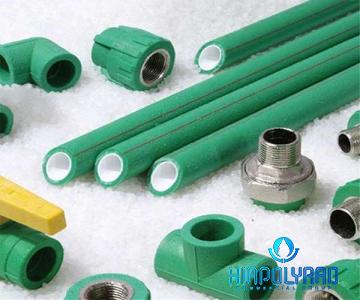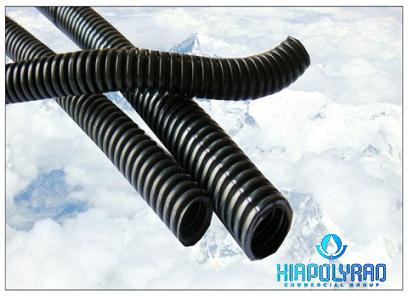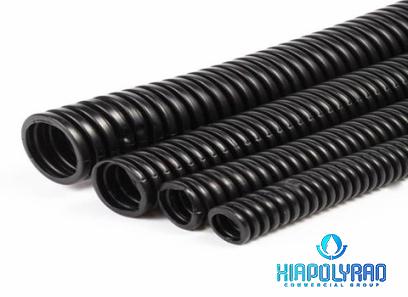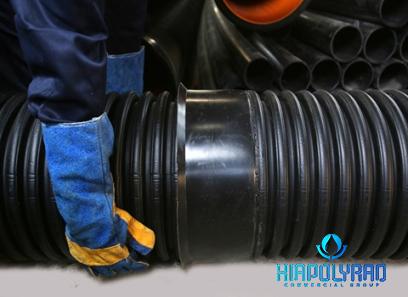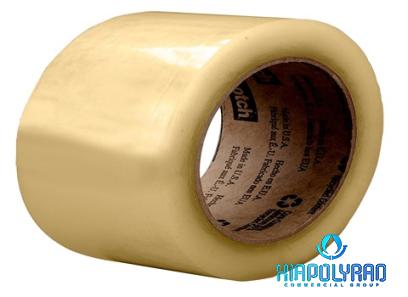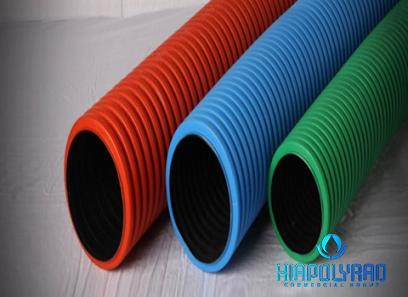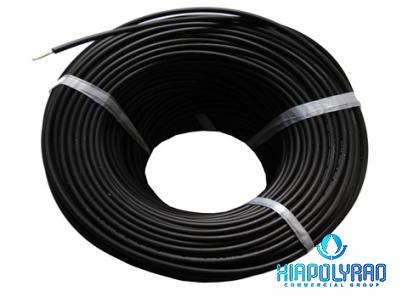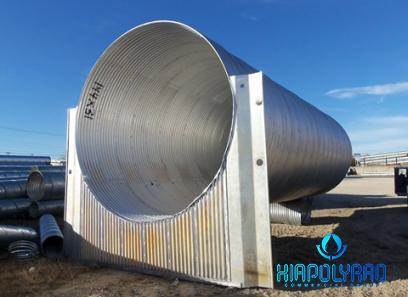plastics industry pipes distributor
distributor of pipes for the plastics industry Plastic pipe is useful in many different applications in the construction industry as well as in industrial facilities
The number of these uses and the variety of these applications is growing every day
As a direct consequence of this, a variety of businesses have begun manufacturing and marketing various kinds of polymer and plastic pipes
Consumers need to have a solid understanding of the fundamental qualities of the many brands of polymer pipes available to them before they can choose the one that best meets their needs
In this part, you will learn about the benefits and drawbacks of plastic pipes, as well as their many varieties and applications
The evolution of plastic pipe technology Around the middle of the 1930s, the Germans became the first people to employ plastic pipes for the sewage drainage systems in their cities
In later years, as people became more knowledgeable about the drawbacks of metal pipes, plastic pipes gradually began to replace metal pipes
Weaknesses and drawbacks of metal pipes include their high weight, which causes them to settle, corrosion, difficulty in shipping and installation, and transportation challenges
In addition, the petrochemical and polymer sectors have made advancements in recent years, which has led to the development of new procedures that are employed today to increase quality, remove weak links, and reinforce plastic pipes
To manufacture industrial pipes in today’s world, researchers are now working with novel types of plastics and polymers, such as composite polymers
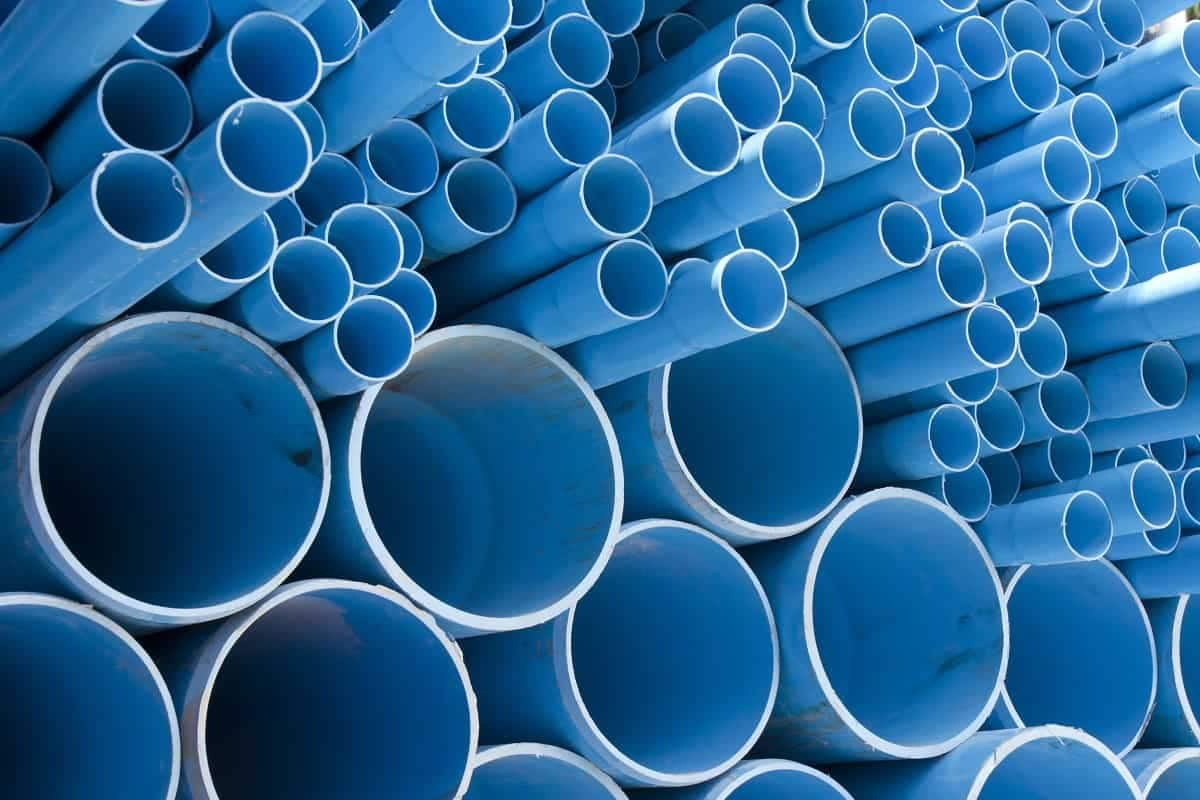
Different kinds of plastic pipes
Plastics are man-made and synthetic materials that are derived from organic polymers and may take on a variety of forms
Thermoplastics and thermoplastics are the two primary classifications that are used to classify plastics, and they are based on how the material behaves
At room temperature, thermoplastics have the consistency of a solid, but when the temperature is raised, they become more malleable and may be molded
The manufacture of plastic pipes and fittings relies heavily on the use of thermoplastics in various capacities
PVC, polyethylene, and polypropylene are the three thermoplastics that play the most significant role in the production of plastic pipes
On the other hand, thermosets are fragile and brittle, and they can only be molded a single time while still retaining their fixed form
The most popular types of polymers that are used in the production of plastic pipes
The following may be noted as some of the most frequent and commonly utilized polymers in the fabrication and manufacturing of polymer pipes and fittings:
Polyethylene or PE
Polypropylene or PP Polyvinyl chloride (PVC) or PVC
PVC or CPVC either
Plastics made of acrylonitrile butadiene styrene, often known as ABS, as well as GRP, also known as glass fiber reinforced plastic Pipes made of plastic may be used in a variety of applications
The most important applications for plastic pipes are wastewater treatment plants in various industries, including water distribution, sewage systems, water supply, horticulture, food industry, pharmaceuticals, and transmission lines for crude oil and natural gas
Other applications include horticulture, food industry, pharmaceuticals, and transmission lines for crude oil and natural gas
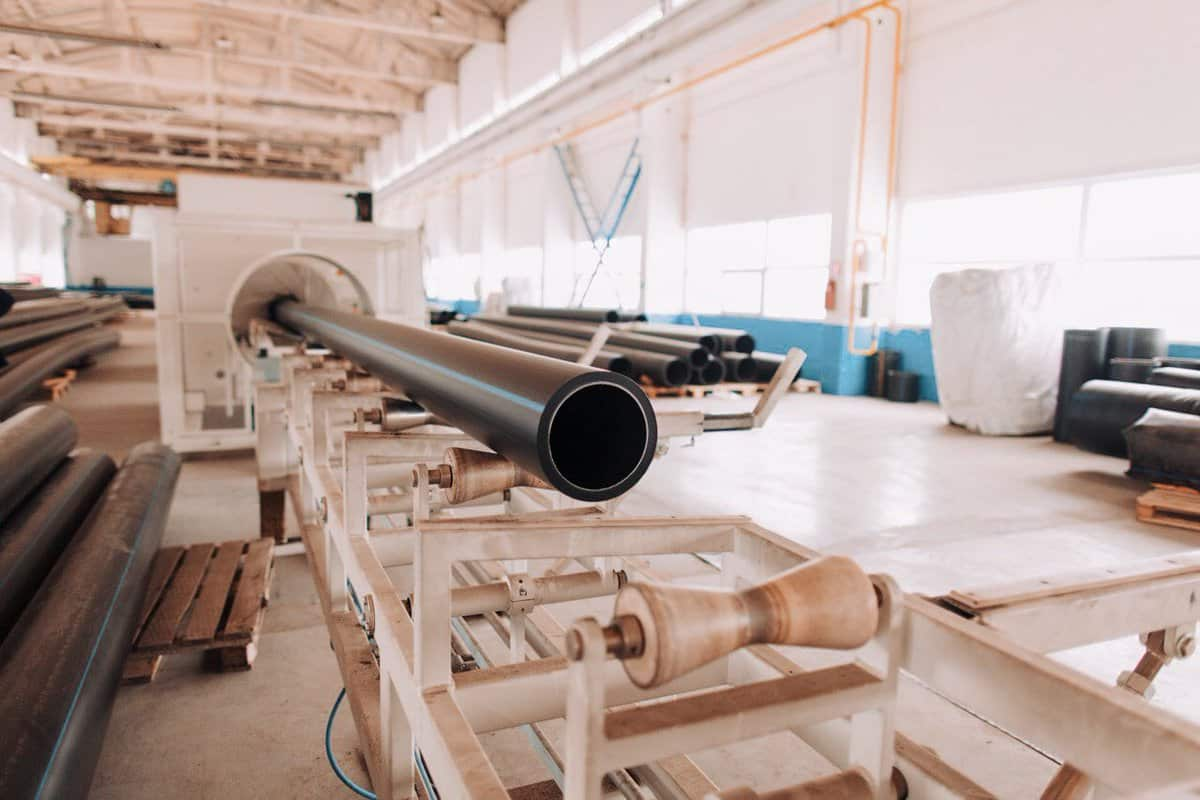
It is interesting to note that in the past, wax deposits in oil pipelines would cause old pipes to choke and lower their capacity
However, this issue can now be resolved by utilizing plastic pipes instead of old metal pipes
What are some of the distinguishing features of plastic pipes? Protection against Rust and Corrosion: Plastic pipes have a very strong resistance to corrosive elements such as acids, salt solutions, liquids, and gases
The abrasion resistance of plastic pipes is determined not only by the circumstances of the service and the system, but also by the fluid that is being delivered through the pipe
As the concentration of certain chemicals rises, there is a possibility that the resistance of plastic pipes to corrosion may shift
In addition to this, the composition of the plastic material may effectively decide the overall chemical resistance of the material as well as the concentration of the chemical
Lack of roughness on the interior walls: Plastic pipes have inner walls that are very smooth, which prevents deposits from accumulating within the pipes
As a result, plastic pipes do not experience a loss in their inner diameter as a result of the accumulation of deposits
In addition to this, the transmission capacity of metal pipes may be diminished over time due to corrosion and the buildup of deposits, both of which occur naturally over time
performance Because the heat transfer capacity of plastic pipes is smaller than that of other types of pipes, the amount of heat that is absorbed by the walls of these pipes is as low as it possibly can be
Because plastic pipes possess this quality, they are an excellent choice for use in sewage systems
Keep in mind that plastic tubes may become pliable when exposed to high temperatures; as a result, it is important to keep the tubes away from heating units and to prevent them from passing through very hot regions
The heat resistance of the plastic tube ranges from fifty to one hundred and fifty degrees Celsius, depending on the type and the material
Electrical Properties: Because plastic pipes do not carry electricity, they are immune to electrochemical and galvanic corrosion
This means that plastic pipes may be used in any environment
Galvanic corrosion is one of the most significant factors that contributes to the deterioration of metal pipes that are buried in the ground
Mechanical properties: in comparison to metal pipes, plastic pipes have a lower mechanical resistance, but they have a larger degree of flexibility
Plastic pipes have a high tensile strength and are resistant to impact to a fair degree
Density: When compared to pipes made of metal, cement, concrete, or asbestos, plastic pipes have a lower density and hence a lower weight
Because of its low weight, the plastic tube is quite convenient
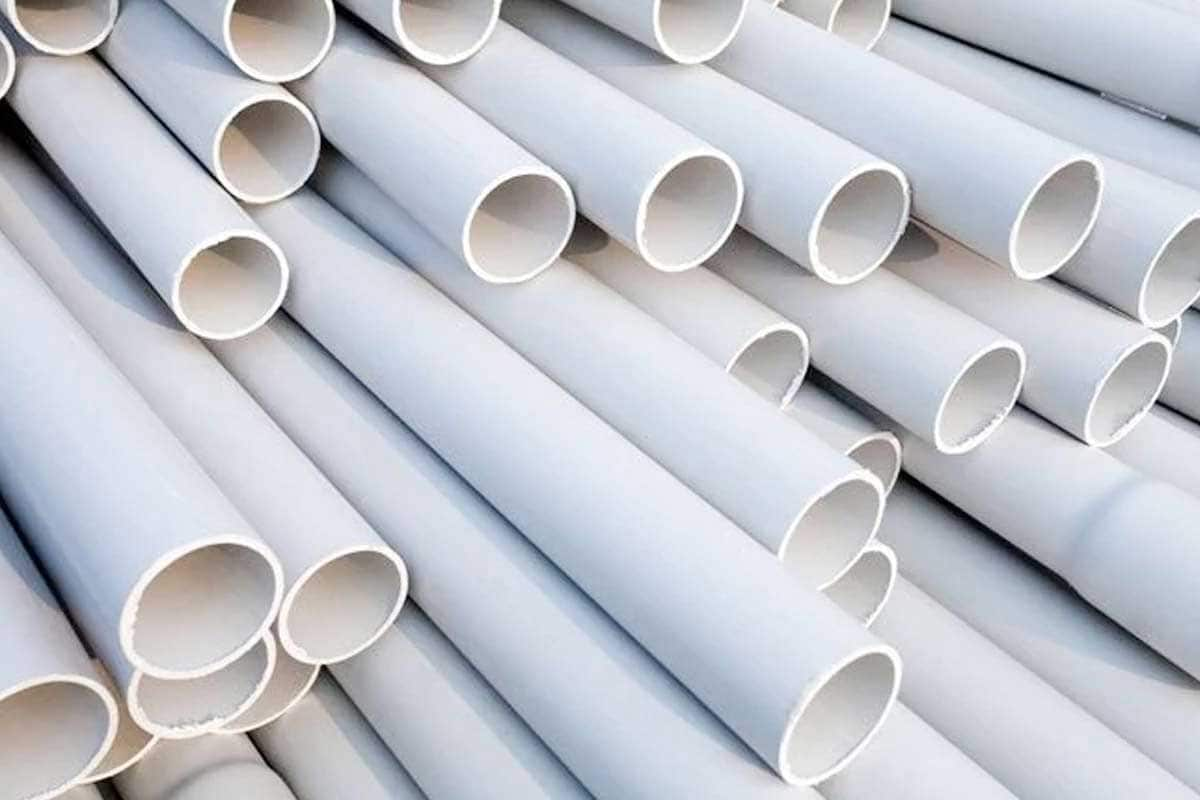
plastics pipes
There are several varieties of domestic plastic plumbing that may be used to provide water to a variety of home appliances
Some of these pipes plumbing systems include: And since there are so many different options for plumbing materials, whether you hire a plumber or do it yourself, the procedure may be daunting due to the fact that there are so many different alternatives
Pipeline systems that are composed of plastic are not only sustainable but also responsible for the environment
Plastic pipe systems, which provide an option that is both sustainable and kind to the environment, are something that will be beneficial to future generations
They cut down on the amount of energy used during construction and give the best feasible degree of pollution reduction after they have been put into service
These pipe systems are superior in terms of their strength, durability, light weight, and flexibility when compared to alternatives built of metal or concrete
As a result, their construction, transportation, and installation are more efficient
Plastic pipe systems provide long life, improved joint performance, leak-free protection, great corrosion protection, and excellent wear and corrosion resistance
In addition, plastic piping systems offer excellent corrosion protection
This results in a significant amount of value
It’s possible you’ll pick up some new information here
Which pipes should be used for the delivery of water, drainage, sewage, or even the exterior? When there were just two fundamental options for plumbing—galvanized steel and cast iron—the choice was easy to make
This is not the case, however, in modern times
In the following paragraphs, we will examine a few typical plumbing materials with the goal of assisting you in making an informed decision on which option is most suitable for the conditions of your specific location and the requirements of your plumbing system
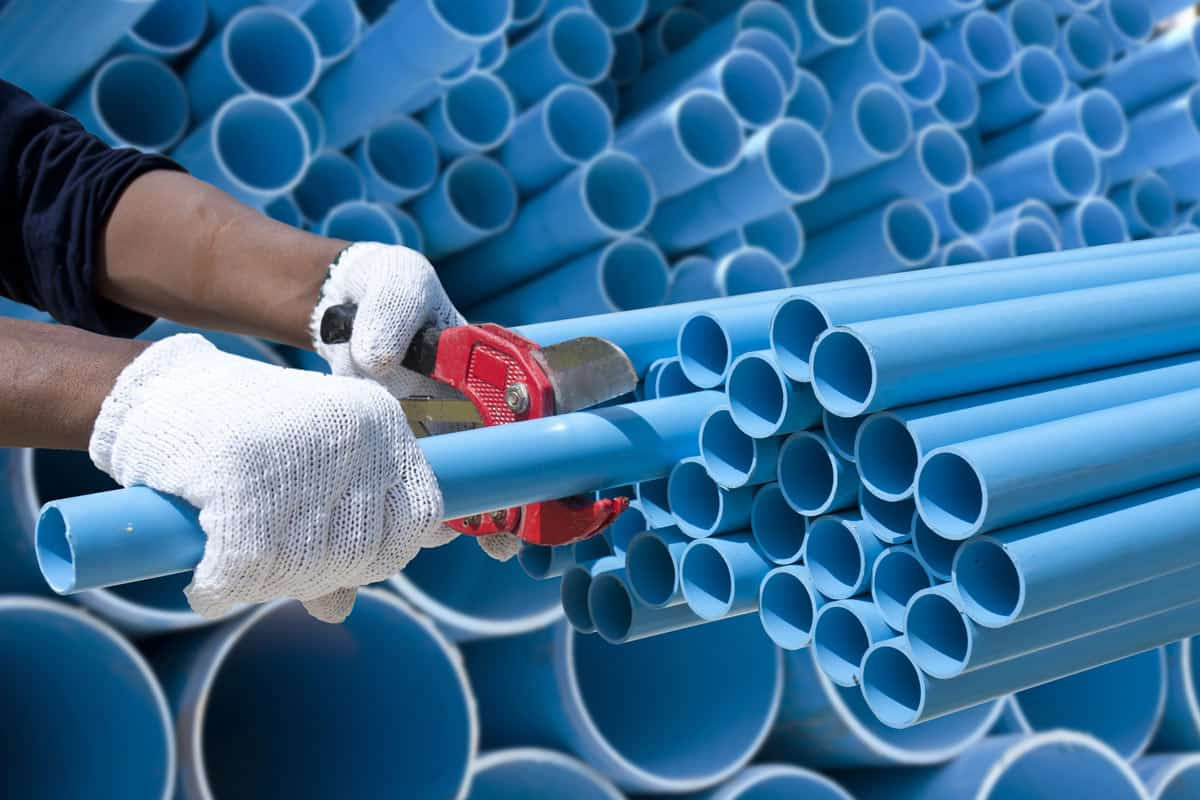
PEX is an abbreviation for “cross-linked polyethylene,” and it refers to a type of durable plastic pipe used for water distribution
It is not only pliable enough to go through walls, ceilings, basements, and crawl spaces, but it is also sturdy enough to bear the pressure of water
It is also far less expensive than the majority of the other materials that are used in plumbing
Pipe is readily available in diameters of half an inch and three-quarters of an inch, and it is not difficult to cut or join
In addition, the ones for cold water are often colored blue, while the ones for hot water are typically colored red
Ensure that your native code has been verified before beginning installation of PEX piping
In spite of the fact that it is widely practiced in the United States, there are still some regions that prohibit its employment
When anything is put behind a wall, it is very vital to ensure that it is adequately supported and that the connection is correctly adjusted and verified
PVC pipe, which is also known as polyvinyl chloride pipe, is a form of white plastic pipe that is often used in the process of constructing sewage lines
Other names for this pipe are polyvinyl chloride pipe
When compared to standard galvanized steel pipe, this pipe was galvanized steel pipe was heavier and easier to handle
This contributed to the pipe’s early appeal
In addition to that, it has a low price and is of acceptable durability
Because a chainsaw and a miter box are the only equipment needed to cut PVC pipe, the process of installing it is a relatively straightforward endeavor
combined with the liquid solvent
In addition to PEX pipe, the use of PVC pipe is strictly prohibited everywhere
Copper tubing has a finish that is bright and has a reddish-brown color to it
It is constructed nearly completely of pure copper

Inside of homes, you’ll often find plumbing fittings composed of hard copper
It does not represent a threat to one’s health, in contrast to other materials used in plumbing, such as plastic, which may be dissolved by chemicals and hence serve no purpose
That proves that it was money well spent
Hard copper is long-lasting and easy to work with; it may be cut with a chainsaw or a pipe cutter
On the other hand, its price is much higher than average
It is important to take note that among all of the many choices for connection, the form of connection that involves soldering is the type of connection that is the most dependable
In order to successfully weld parts together, one must not only be skilled but also strictly follow all of the safety standards
PVC, also known as polyvinyl chloride, is most likely the material of which you are most aware
In addition to its usage in plumbing, PVC may play a number of roles all around your house
The majority of the main water pipes are constructed out of PVC
It is not utilized for applications requiring hot water or kitchen plumbing because it is not as flexible as other kinds of plastic and because it warps at high temperatures (above 140°F)
These conductivity
This pipe is made of chlorinated polyvinyl chloride, sometimes known as CPVC
Chlorinated Polyvinyl Chloride (CPVC)
CPVC is used more often in industrial pipes than PVC because it is more resistant to damage at greater temperatures and pressures than PVC
It is a good alternative to PVC in residential applications, particularly for the transfer of potable water and the piping of hot water in situations where PVC cannot be utilized
CPVC also has a greater degree of flexibility
Because of its sensitivity to low temperatures and the fact that it must be buried in the ground in order to perform its intended function, CPVC cannot be used for the construction of water pipelines
various kinds of polyethylene plastic pipes that are installed in a crosswise orientation in piping systems (PEX)
Because of the plethora of advantages it offers

